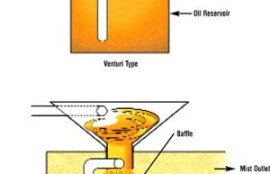
The most effective and less costly monitoring technique for the status of the gas engine is the analysis of the oil which is used. This way, the status of the engine components can be identified and the maintenance operations optimised. Also, it is a unique tool for determining the remaining life of the lubricants which are in use and deciding when they should be replaced.
An analytical programme of the engine oil which is in use should include sufficient analytical tests to indicate the status of the mechanical elements and the lubricant, highlighting the typical problems of this type of lubricants.
Unfortunately, many gas engine operators do not consider engine oil to be one more component of the machine and therefore do not control it in the same way as they do other elements of the engine.
An analytical programme of gas engine oil should, at least, include the following parameters:
- Kinematic viscosity
- Basicity index (BN)
- Acidity index (AN)
- i-pH
- Glycol contamination
- Water contamination
- Insolubles
- Wear particles (Fe, Cr, Sn, Al, Ni, Cu, Pb, Mo)
- Content of additives (Ca, Mg, B, Zn, P)
- Content of contaminants (Si, K, Na)
- Nitration/Oxidation
- Chlorine content
- Sulphur content
- Remaining life-RULER
Click here to select your engine oil analyses.





